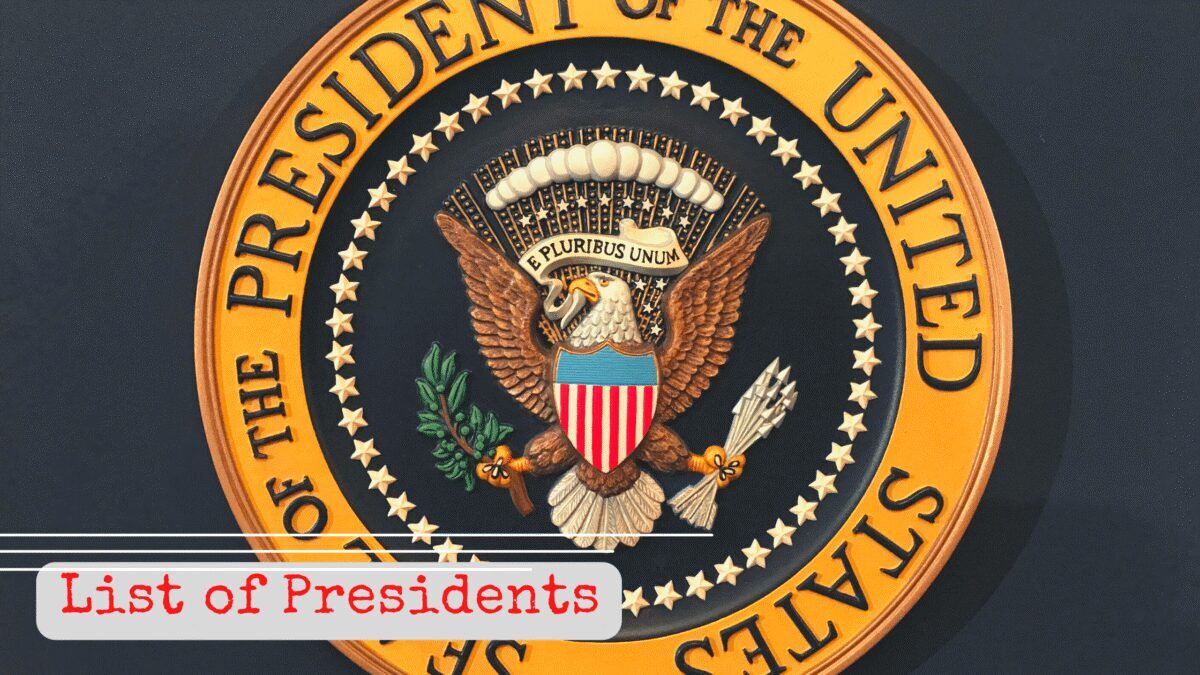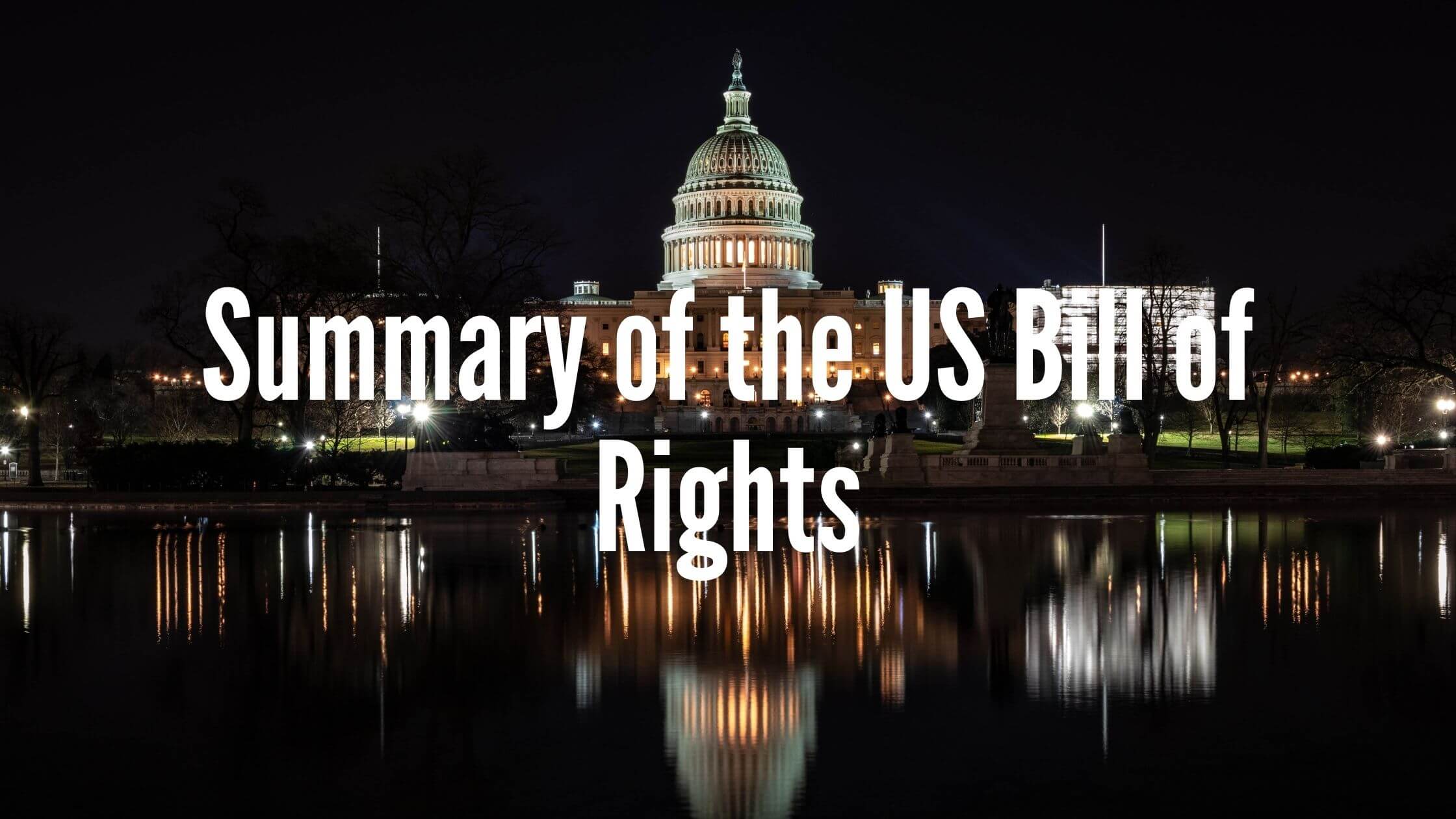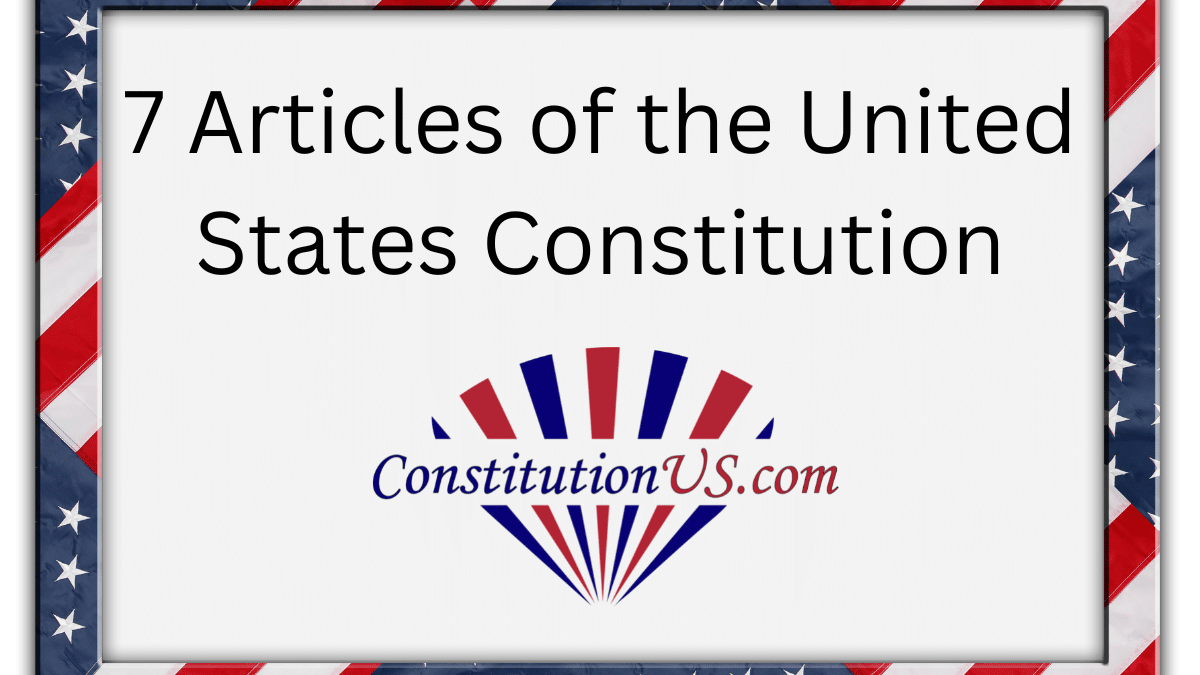To pass the US citizenship test, you will have to answer 10 of a possible 100 questions. The following question is from the USCIS test.
Who is one of your state’s U.S. Senators right now?
Answers will vary. [District of Columbia residents and residents of U.S. territories should answer that D.C. (or the territory where the applicant lives) has no U.S. Senators.]
The following is a full explanation of the USCIS question:
At the end of this guide, you will find the full list of Senators as things stand with their state and political party. This list will change over time as senators may be replaced in elections. Those elections are staggered, with the senators split into three classes. Once elected, they will remain in office for six years with a two-term limit. Because of this, it is essential to check your current state senators before the test.
How Many Senators Are There?
The Senate holds seats for 100 senators, which allows for two per state. But, there are also representatives from Puerto Rico. Currently, there are 48 Democrats, 50 Senate Republicans, and 2 Independents.
Who Holds the Power in the Senate?
The United States Senate Majority Leader is Democrat Chuck Schumer, with Senator Dick Durbin as the Majority Whip. The Minority Leader for the Republicans is Senator Mitch McConnell, with John Thume as the Minority Whip. In the event of a tied vote, the Senate calls upon the Democrat President of the Senate. This is Vice President Kamala Harris.
Are My Senators Republican or Democrat?
This varies from state to state. In most cases, you will find that states have a strong leaning toward one party and continually vote for those candidates. But, other states have one of each where there is a greater divide. There are also some independents and non-partisan senators in the United States Congress.

Get Smarter on US News, History, and the Constitution
Join the thousands of fellow patriots who rely on our 5-minute newsletter to stay informed on the key events and trends that shaped our nation's past and continue to shape its present.
The Senators for Alabama: Richard Shelby and Tommy Tuberville, of the Republican Party.
The Senators for Alaska: Lisa Murkowski and Daniel S. Sullivan, of the Republican Party.
The Senators for Arizona: Mark Kelly and Kyrsten Sinema, of the Democratic Party.
The Senators for Arkansas: John Boozman and Tom Cotton, of the Republican Party.
The Senators for California: Dianne Feinstein and Alex Padilla, of the Democratic Party.
The Senators for Colorado: Michael Bennet and John Hickenlooper, of the Democratic Party.
The Senators for Connecticut: Richard Blumenthal and Christopher S. Murphy, of the Democratic Party.
The Senators for Delaware: Tom Carper and Chris Coons, of the Democratic Party.
The Senators for Florida: Marco Rubio and Rick Scott, of the Republican Party.
The Senators for Georgia: Jon Ossoff and Raphael Warnock, of the Democratic Party.
The Senators for Hawaii: Mazie K. Hirono and Brian E. Schatz, of the Democratic Party.
The Senators for Idaho: Mike Crapo and Jim Risch, both of the Republican Party.
The Senators for Illinois: Tammy Duckworth and Dick Durbin, of the Democratic Party.
The Senators for Indiana: Mike Braun and Todd C. Young, of the Republican Party.
The Senators for Iowa: Joni Ernst and Chuck Grassley, of the Republican Party.
The Senators for Kansas: Roger Marshall and Jerry Moran, of the Republican Party.
The Senators for Kentucky: Mitch McConnell and Rand Paul, of the Republican Party.
The Senators for Louisiana: Bill Cassidy and John Neely Kennedy, of the Republican Party.
The Senators for Maine: Susan Collins of the Republican Party and Angus King, who is an Independent.
The Senators for Maryland: Ben Cardin and Chris Van Hollen, of the Democratic Party.
The Senators for Massachusetts: Edward J. Markey and Elizabeth Warren, of the Democratic Party.
The Senators for Michigan: Gary Peters and Debbie Stabenow, of the Democratic Party.
The Senators for Minnesota: Amy Klobuchar and Tina Smith, of the Democratic Party.
The Senators for Mississippi: Cindy Hyde-Smith and Roger Wicker, of the Republican Party.
The Senators for Missouri: Roy Blunt and Josh Hawley, of the Republican Party.
The Senators for Montana: Steve Daines of the Republican Party and Jon Tester of the Democratic Party.
The Senators for Nebraska: Deb Fischer and Ben Sasse, of the Republican Party.
The Senators for Nevada: Catherine Cortez Masto and Jacky Rosen, of the Democratic Party.
The Senators for New Hampshire: Maggie Hassan and Jeanne Shaheen, of the Democratic Party.
The Senators for New Jersey: Cory Booker and Bob Menendez, of the Democratic Party.
The Senators for New Mexico: Martin Heinrich and Ben Ray Luján, of the Democratic Party.
The Senators for New York: Kirsten Gillibrand and Chuck Schumer, of the Democratic Party.
The Senators for North Carolina: Richard Burr and Thom Tillis, of the Republican Party.
The Senators for North Dakota: Kevin Cramer and John Hoeven, of the Republican Party.
The Senators for Ohio: Sherrod Brown of the Democratic Party and Rob Portman of the Republican Party.
The Senators for Oklahoma: Jim Inhofe and James Lankford, of the Republican Party.
The Senators for Oregon: Jeff Merkley and Ron Wyden, of the Democratic Party.
The Senators for Pennsylvania: Bob Casey Jr of the Democratic Party and Pat Toomey of the Republican Party.
The Senators for Rhode Island: Jack Reed and Sheldon Whitehouse, of the Democratic Party.
The Senators for South Carolina: Lindsey Graham and Tim Scott, of the Republican Party.
The Senators for South Dakota: Mike Rounds and John Thune, of the Republican Party.
The Senators for Tennessee: Marsha Blackburn and Bill Hagerty, of the Republican Party.
The Senators for Texas: John Cornyn and Ted Cruz, of the Republican Party.
The Senators for Utah: Mike Lee and Mitt Romney, of the Republican Party.
The Senators for Vermont: Patrick Leahy of the Democratic Party and Bernie Sanders, who is an independent.
The Senators for Virginia: Tim Kaine and Mark Warner, both of the Democratic Party.
The Senators for Washington: Maria Cantwell and Patty Murray, of the Democratic Party.
The Senators for West Virginia: Shelley Moore Capito of the Republican Party and Joe Manchin III of the Democratic Party.
The Senators for Wisconsin: Tammy Baldwin of the Democratic Party and Ronald Harold Johnson of the Republican Party.
The Senators for Wyoming: John Barrasso and Cynthia Lummis, of the Republican Party.
The Senators for Puerto Rico: Zoraida Buxo Santiago and Melinda Romero Donnelly, who are both non-partisan.











